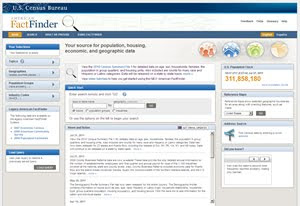Geospatial Technology, particularly in the past decade, has become more intuitive and user-friendly. This, in turn, has catalyzed the growth of a community of users that span a wide range of disciplines. Here, at the University of Connecticut Libraries’ Map and Geographic Information Center (MAGIC), much of what we work on is related to producing or preserving historical spatial data. This includes digitizing and georeferencing historical maps, producing cartographic layers from historical census data and making historical aerial imagery available to the public. We hope that by doing this, we can not only be of service to the traditional users of GIS, but also to those who are breaking new ground and finding novel applications for spatial analysis.
 |
| A Viewshed Analysis showing General Robert E. Lee’s perspective on the second day of fighting at Gettysburg. This recent NYT article describes research done at Middlebury College by Geographer Anne Kelly Knowles |
The disciplines comprising the humanities, including but not limited to Anthropology, History, and Literature, have recently shown an affinity toward employing spatial analysis techniques. This New York Times article has received much attention lately, as it highlights the use of GIS by scholars to improve their understanding of historical events (such as Gettysburg and The Dust Bowl). A project at the University of Virginia Library, entitled Spatial Humanities, works to encourage this integration of spatial technology in the humanities. In May 2010, the UVA Library hosted an event “The Scholars’ Lab/NEH Institute for Enabling Geospatial Scholarship”. Follow this link to view two minute, three slide Lightning Talks from this event for more examples of spatial humanities projects and works in progress.
Spatially-enabling the humanities is not limited to scholars, however, and Google products have become a great tool for integrating a spatial dynamic for K-12. Google Lit Trips, which is a project that compiles cartographic layers related to Literature, is a great example of this.
At the University of Connecticut, we hope to do our part in contributing to this digitally-enabled spatial revolution in the humanities. Over the past two years, MAGIC has worked closely with Professor Jack Dougherty from Trinity College to produce cartographic products for On The Line: How Schooling, Housing and Civil Rights Shaped Hartford and its Suburbs.
 |
| Redlining, or discriminatory lending practices by geographic area, was a driving factor that shaped the Hartford Region. MAGIC helped to produce cartographic layers for On The Line that visually portray these policies. |






